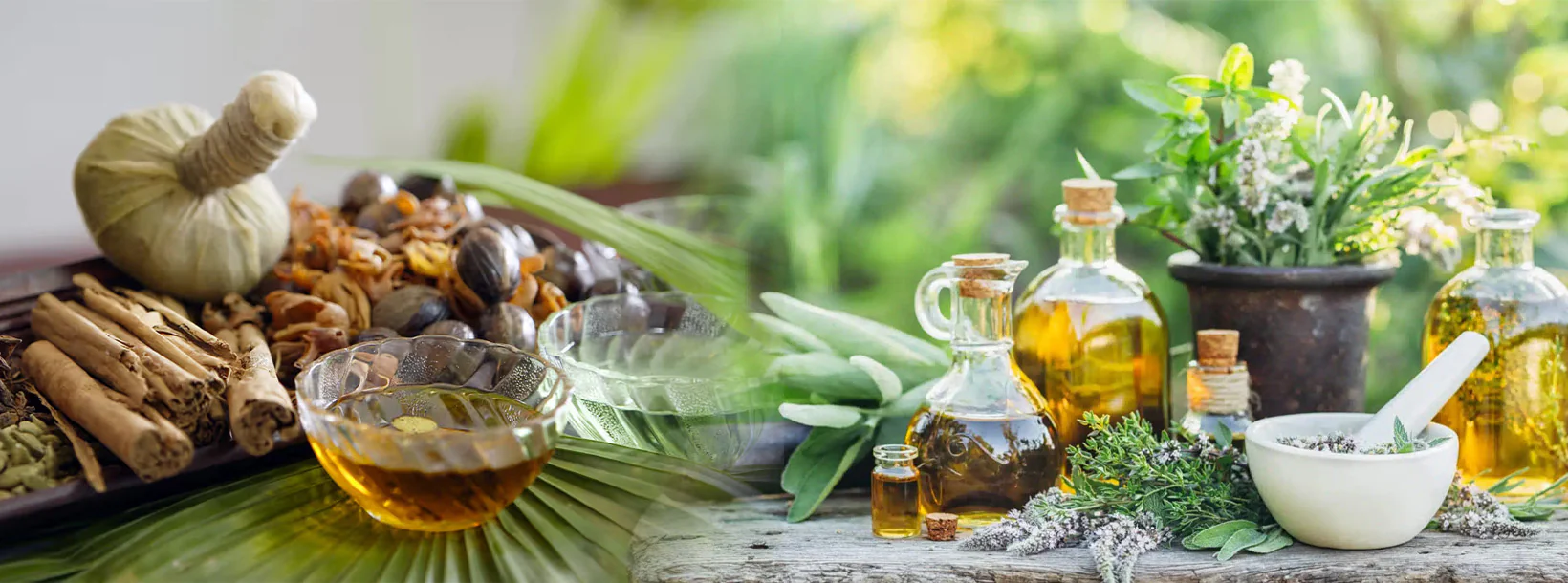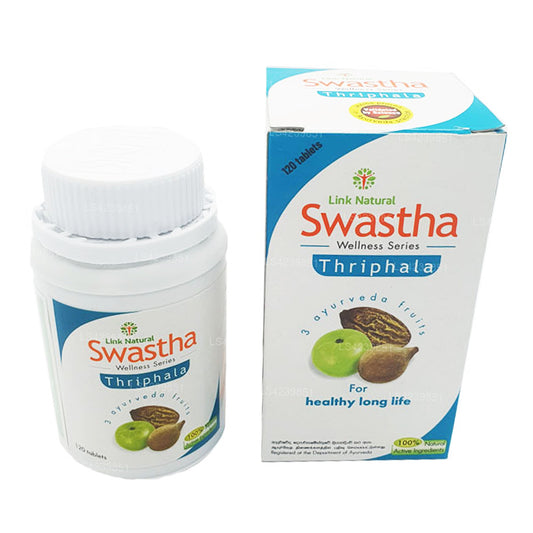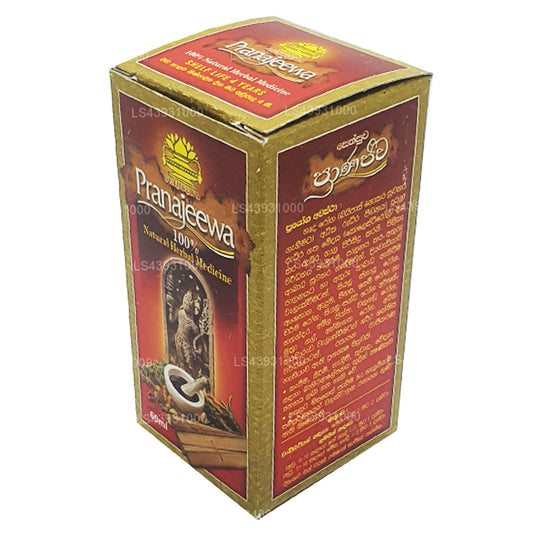
Ayurvedic Medicinal Plants
Sri Lanka's Ayurvedic tradition features a rich variety of medicinal plants used for centuries. Sri Lanka has a rich tradition of Ayurvedic medicine, drawing on its indigenous knowledge and a variety of medicinal plants. Here are some notable Ayurvedic medicinal plants found in Sri Lanka:
Tephrosia purpurea; Kathurupila; කතුරුපිල
Tephrosia purpurea is a famous ayurvedic herb used in liver cirrhosis and splenomegly. Its botanical name is Tephrosia purpurea. It belongs to Fabaceae family. It is called purple Tephrosia in English. Tephrosia purpurea herb is very useful in spleen and liver disorders. Tephrosia purpurea undergoes pungent kind of bio transformation and it is hot in nature. An extremely variable species, usually divided into a number of subspecies, though many subclassifications exist. Most characteristic is the shape of its pod: convex around the seeds with a distinctive flat area in between.The name Tephrosia Purpurea is often erroneously applied to the cultivated T. Noctiflora Bojer ex Baker which has longer inflorescences, a very long carinal calyx tooth and reticulately ridged seeds. Purple tephrosia is an erect or spreading annual or short-lived perennial herb, sometimes bushy, usually growing from 40 - 80cm tall, rarely up to 1.5 metres. The plant has a range of traditional medicinal uses, being harvested from the wild and used locally. It is also cultivated as a green manure crop.
Uses as folk medicine:
Used for coughs, tightness of the chest, bilious febrile attacks,obstructions of spleen, liver and kidney. Recommended as bloodpurifier, for boils and pimples. Roots used for dyspepsia andchronic diarrhea. Infusion of seeds used as cooling medicine.Decoction of pounded leaves used for snake bites. In Ceylon,used as anthelmintic for children. In Punjab, infusion of seedsconsidered cooling. In Sri Lanka, decoction of roots used asnematicide for treatment of Toxocara canis larvae which causeslung disease. Also used for colic, diarrhea and dyspepsia, and asanthelmintic. Fresh root-bark, ground and made into a pill, mixedwith a little black pepper, used for obstinate colic. In Indianmedicine, a common ingredient of formulations for liverailments. Also, used for bilious febrile attacks, liver and splenicaffections, cirrhosis and hepatitis. Oil from seeds used for scabies,eczematous itching, and other skin eruptions. Used for piles,syphilis and gonorrhea. Leaves used as fodder in India and SouthAfrica. In India, grown as green manure in paddy fields. In India,dry plants collected as fuel. Seeds used as substitute for coffee.Used as insect repellent.
Hazards:
The plant contains the rotenoid tephrosine, which stuns fish but not mammals. The pounded leaves are used to stupefy and catch fish.The plant contains rotenonoids and has been used traditionally as a fish poison - rotenoids kill or stun the fish making them easy to catch, but the fish remain perfectly edible for mammals. Rotenonoids are classified by the World Health Organization as moderately hazardous. They are mildly toxic to humans and other mammals, but extremely toxic to many insects (hence their use as an insecticide) and aquatic life, including fish. This higher toxicity in fish and insects is because the lipophilic rotenonoid is easily taken up through the gills or trachea, but not as easily through the skin or the gastrointestinal tract. The lowest lethal dose for a child is 143 mg/kg, but human deaths from rotenone poisoning are rare because its irritating action causes vomiting. Deliberate ingestion of rotenone, however, can be fatal. The compound decomposes when exposed to sunlight and usually has an activity of six days in the environment.
-

Ankenda
Acronychia pedunculata -

Beli
Aegle marmelos -

Bakmi
Nauclea orientalis -

Bangwel-geta
Coscinium fenestratum -

Bukinda /Walkinda
Tinospora malabarica -

Bu- kobbe
Allophylus cobbe -

Dodan –kaha
Memecylon capitellatum -

Diyamitta
Cissampelos pareira -

Embul dodan
Citrus aurantium -

Gas nidikumba
Biophytun reinward -

Hintambala
Carmona microphylla -

Goraka
Garcinia cambogia -

Karapincha
Murraya koenigii -

Keppetiya
Croton laccifer -

Kohomba
Azadirachta indica -

Kotikan-bevila
Sida alba -

Kudumiris (Forest paper)
Toddlia asiatica -

Kurundu
Cinnamomum zeylanicum -

Mahakaramba
Carissa carandas -

Muna mal
Mimusops elengi -

Nelli
Phyltanthus emblica -

Puwak
Areca catechu -

Rath mal
Ixora coccinea -

Eepatta / Ruk - anguna
Alangium salviifolium -

Siyambala
Tamarindus indica -

Walangasal / Wal-embilla
Embelia ribes -

Wal Karapincha
Micromelum ceylanicum -

Welangiriya
Paramignya monophylla
Ayurvedic and Herbal
-
Siddhalepa Ayurveda Herbal Balm
Regular price From $0.32 USDRegular priceUnit price / per$0.38 USDSale price From $0.32 USDSale -
Lakpura Wildcrafted Soursop (Guanabana, Graviola, Guyabano) Dehydrated Leaves Whole
Regular price From $3.00 USDRegular priceUnit price / per$2.15 USDSale price From $3.00 USD -
Link Swastha Triphala
Regular price From $1.90 USDRegular priceUnit price / per$2.25 USDSale price From $1.90 USDSale -
Sethsuwa Pranajeewa Oil
Regular price From $3.20 USDRegular priceUnit price / per$3.80 USDSale price From $3.20 USDSale

















































